A large part of crafting a visually pleasing scene comes with the lighting of the piece. My idea calls for an exterior night-time environment, for which I will need to be careful with what lighting I use. Before I can decide the lighting I intend to use for my piece though, I need to understand the fundamentals behind the lighting options available in Unreal and how they are used to impact the scenes they are sat within.
:: How Lighting is Used in Games ::
In the below video (Stylized Station, (2021)) we are introduced to the idea of thinking about lighting in four key ways. Quality, Quantity, Direction and Colour. These four elements tell us how certain lighting impacts a scene and by understanding how lighting works in these four ways we can determine what lighting would be best for the scene I wish to create.
They define Quality of light as the harshness of the shadows cast, this idea of the lighting effecting the harshness of the shadows and the impact that has on the scene. The harder the shadow the more dramatic a scene appears, with softer shadows making a scene appear more natural and giving a scene of ease in the viewer. Is similar to the high and low-key lighting which I will explore further. The video discusses how sharper shadows are often used to light action scenes, which benefit from the added dramatic flair where as long landscape shots to show off the environment often use more natural softer lighting.
They also discuss how in games the direction of light is often used to direct the player. Now while my scene is not a game and the environment won’t be explored like one, I do think it would be nice to explore subtly lighting the path that the bird takes. Giving an almost angelic quality to the bird, with the path they follow being brighter than the rest of the scene.
Finally they discuss how colour is used within lighting to set different moods for a scene. Put simply the warmer the scene colour (closer to red) the more that scene appears comforting, unless you go so harsh with the colour that it becomes deliberately jarring. Alternatively the more blue hue you add to a scene the more the environment will be viewed as cold and maybe isolating. For my piece I would like to play with cool blue tones for most of the scene, but have the lighting on the bird be more warm tinged. Again playing into the idea of the bird being an angelic creature in this violent scene around them.
:: High and Low-Key Lighting ::
I want to further expand on high and low-key lighting in games, to fully understand the benefits to each and decide which approach I will use. A lot of modern games use both, switching between the two depending on what feeling they want the environment to show. However as my scene is just a single video sequence, and not a full game environment i’ll only need to really employ the use of one or the other lighting method.
:: High-Key ::
High- key lighting is seen often in ‘realistic’ styled games. As in real life high key lighting is very similar to the kind of lighting you see on a summer’s day. With soft shadows contributing to make a scene appear comforting and approachable. High key lighting is present in almost all games, such as in the ‘Mafia’ titles (Hangar 13, 2020) or the ‘Hitman’ titles (IO Interactive, 2022).

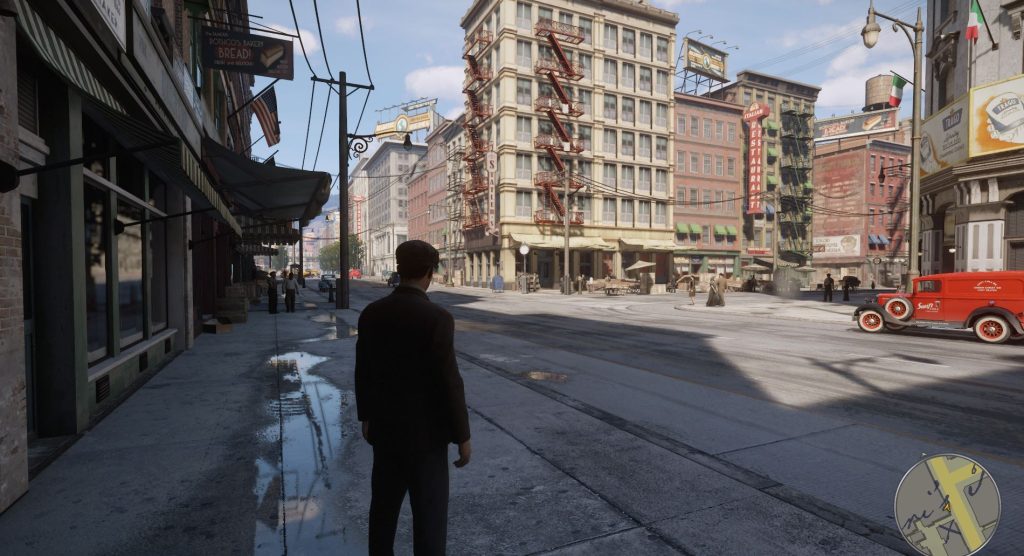
Another interesting note with these two screenshots is how they use colour to give different feelings. On the left the scene is tinged slightly red, giving a comforting look to the whole scene. Where on the right even though both use high key lighting to cast soft shadows, they use a cooler tint. Giving the impression that the world is colder and less comforting than the example on the left.
:: Low-Key ::
Low key lighting naturally tends to work opposite to high key, instead of creating a sense of comfort or relaxation low key lighting tends to infuse tension or drama into a scene. It can be used to add an air of mystery or used to unnerve the viewer. For this reason, many games focused around atmosphere use low key lighting to provide both a unique visual style and to help set the tone of the game. Examples of games which use low key lighting include ‘INSIDE’ (Playdead, 2018) or ‘White Shadows’ (Monokel, 2021)
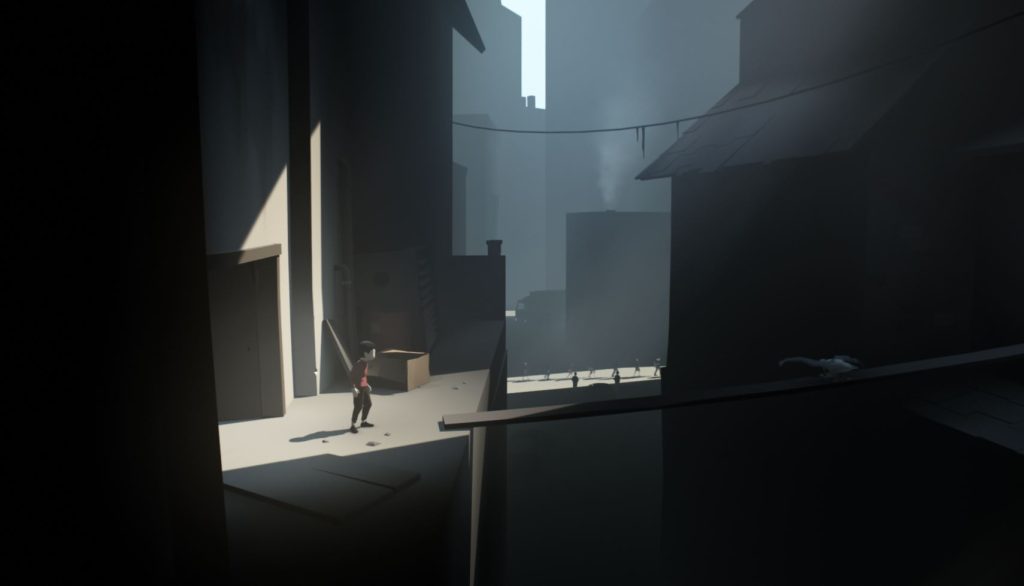
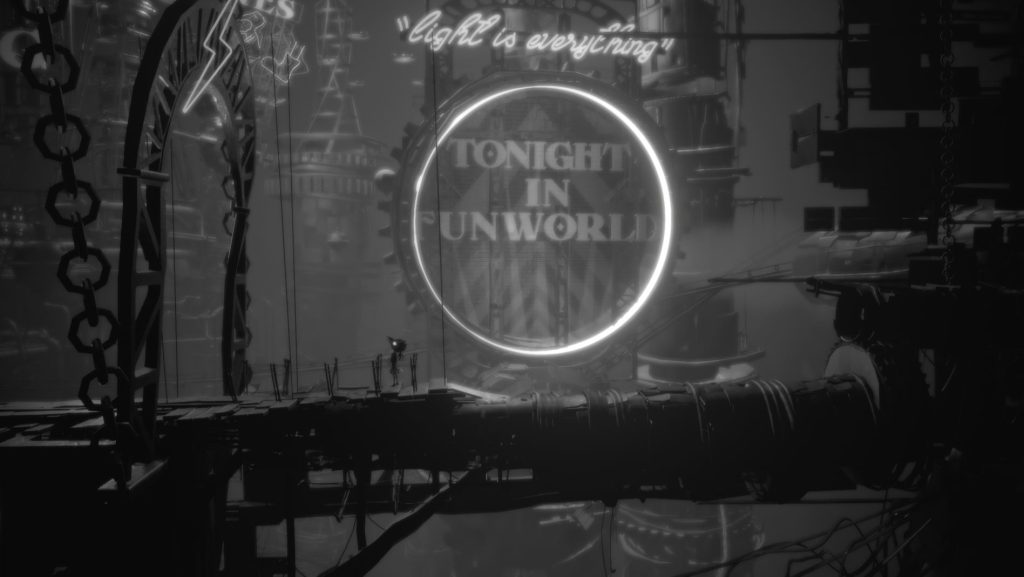
In games specifically low-key lighting also helps the developer lead the player through placing the few light sources carefully. Also, through building that strong and engaging atmosphere the players attention is held even when the title itself has little to no storyline, as is often the case in the ‘smart horror’ tend of game titles.
:: Lighting in Unreal Engine ::
Before I can implement the theory behind the various lighting techniques, I need to understand the more fundamental lighting methods specific to Unreal Engine. I need to be able to use lighting within the game engine before I can start to experiment with things such as high or low-key lighting.
Using videos such as the one above (Faucher, W (2022)). I was able to become much more comfortable and knowledgeable of how lighting works within the game engine. This knowledge will allow me to understand how I can create an atmosphere for the environment I create that contrasts nicely with the VFX I create and allows me to really dial in the correct softness of lighting I am aiming for in my finished piece.
:: High/Low Key Vs. Day/Night ::
It’s important not to mistake high and low-key lighting for day and night time lighting. Setting my environment at night doesn’t make the scene created a low key scene. The difference between high and low key is at its most visible when shown using day and night time shots, but it’s the harshness of the shadows that determine whether high or low key lighting has been implemented.
For instance, using the ‘Medieval Game Environment’ by Megascans (2021) in Unreal Engine. We can demonstrate high key lighting in the softness of the lighting used (Fig.1). By making this lighting harsher, casting stronger shadows we can demonstrate low key lighting (Fig.2). But it’s the harshness and contrast of the lighting that creates the distinction, not because one has a bright sky and the other doesn’t.

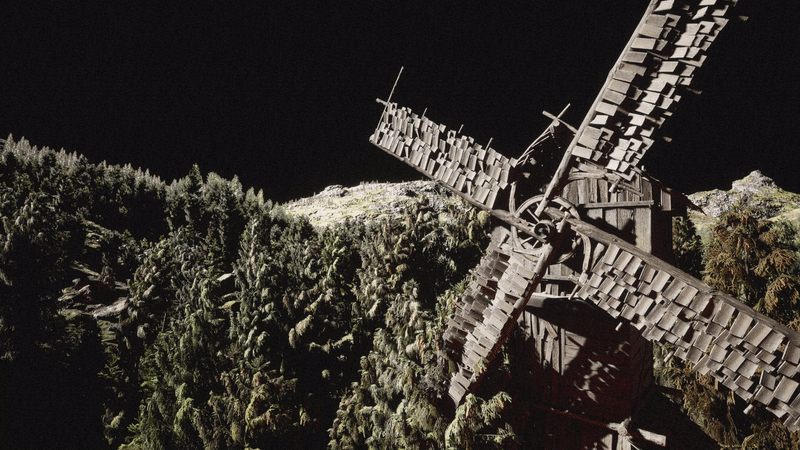
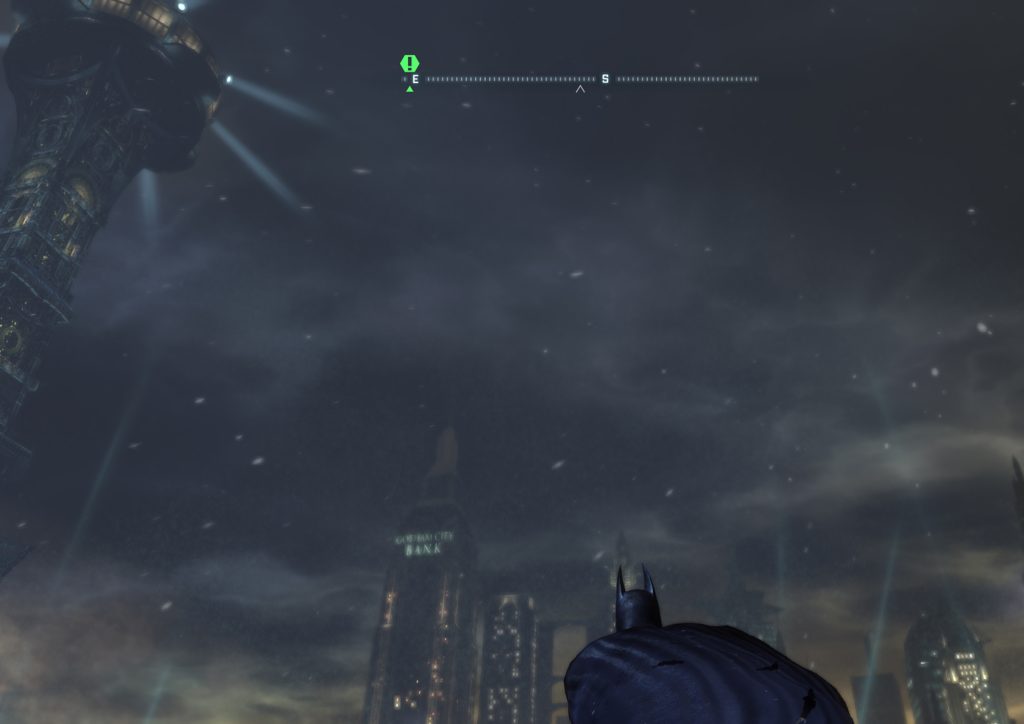
In fact, night time setting in video games are almost always high key in their lighting. This can be seen in almost every game title outside of horror games. (Fig.3). Night skies in video games are far brighter than the night sky is in real life as the player is still expecting to be able to see the world unhindered even at night. Where in real life walking at night results in not being able to see the ground you walk on, in a video game the world is as almost as bright as it is when shown in the day. Only more muted in its colouration.
This is to say that just because my film will be set at night doesn’t dictate that the lighting will be low key. I am however aiming to use Low key lighting for my piece as I enjoy the contrast heavy styling that comes with that lighting and I think it will provide a greater emphasis on the vfx I create such as flame particles than using softer, high key lighting.
:: Summary ::
In this post I have explored the various possibilities of lighting within unreal engine 5, along with dissecting what is meant by high and low key lighting. This allows me to carefully select the style of lighting that would serve the atmosphere of my environment best, as well as letting me become more familiar with using Unreal Engine 5 as a film making software rather than just a game engine.
:: References ::
Hangar 13 (2020). ‘Mafia: Definitive Edition’. [Video Game]. Available online: https://store.steampowered.com/app/1030840/Mafia_Definitive_Edition/ [Accessed 31/10/2022]
IO Interactive (2022). ‘Hitman: Trilogy’ [Video Game]. Available online: https://store.steampowered.com/sub/672746/ [Accessed 31/10/2022]
Monokel (2021). ‘White Shadows’ [Video Game]. Available online: https://store.steampowered.com/app/1158890/White_Shadows. [Accessed 31/10/2022]
Playdead (2018). ‘INSIDE’. [Video Game]. Available online: https://store.steampowered.com/app/304430/INSIDE/ [Accessed 31/10/2022]
Rocksteady Studios (2012) ‘Batman: Arkham City (Game of the Year Edition)’. [Video Game]. Available online: https://store.steampowered.com/app/200260/Batman_Arkham_City__Game_of_the_Year_Edition/ [Accessed 28/12/2022]
Stylized Station (2021). ‘How is Light used in Game Design?’ [YouTube Video]. Available online: https://www.youtube.com/watch?v=7MNl-j7WqTw&ab_channel=StylizedStation [Accessed 31/10/2022]
William Faucher (2022). ‘Lighting in Unreal Engine 5 for Beginners’ [YouTube Video]. Available online: https://www.youtube.com/watch?v=fSbBsXbjxPo&t=17s&ab_channel=WilliamFaucher [Accessed 31/10/2022]
Quixel Megascans (2021). ‘Medieval Game Environment’ [Online Asset Project]. Available online: https://www.unrealengine.com/marketplace/en-US/product/scarecrow [Accessed 28/12/2022]